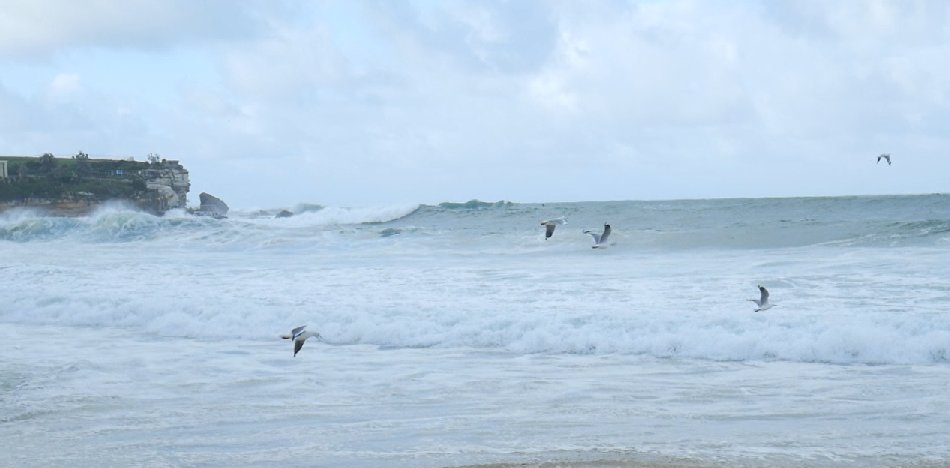Coogee Media
HISTORY | STORIES | BEYOND BLOG & CREATE PEOPLE |
More Sharks at Coogee - 1912Young Frederick William Wort, was a victim of the earliest reported shark attack at Coogee and was seriously mauled by a shark while swimming across Coogee Bay in February 1912. Remarkably he lived to tell the tale! There had been a number of sightings of sharks at Coogee earlier in 1912. Then on Monday 19th February 1912, Frederick William Wort followed a regular routine of some two months of travelling from his work for an afternoon swim at Coogee Beach. He then entered the water via the Lloyd's "mens' baths" (what is now Giles Baths on the northern side of the Bay), surmounted the stone wall separating the baths from the ocean and began to swim across the Bay with the intention of then making a return swim. Some accounts say that he was with two others, but Wort insisted that he was on his own.
 Contemporary newspaper image of Frederick Wort
Lurking in the Seaweed The Australian shark attack incident database says that it was a "White Shark" (Carcharodon carcharias) Accounts then differ about what happened. Some claim that Wort had shouted out "Shark! Shark" and that he then, once ashore, collapsed on the sand and fainted. Wort, however, seems to have wanted to sound like he had "toughed it out" and that he made his way to the shore without panic, and then calmly sought assistance and bore any pain due to the first aid without complaint.

J. McCauley, the proprietor of the "men's baths", telephoned for the Randwick St. Johns Ambulance Brigade, who came and rendered first aid. Wort was taken to St Vincent's Hospital in Darlinghurst and treated by Doctor Reginald Bowman who said that despite lacerations to his right heel and serious lascerations to his right leg, requiring 18 stitches, he was allowed to go home after treatment. He had serious injuries, but "The boy will be alright. His muscles won't be permanently injured" , the Doctor said. A lucky escape!
Interviewed Next Day Sands Sydney Directory lists a William H. Wort as the occupant of 62 Phillip Street from 1911 to 1916; this was presuamably Frederick's father. And that is where Frederick Wort, and his family for that matter, disappears from the public record. Wort seems to have settled down for a quiet life without further publicity. Despite his age, there is no record at the Australian War Memorial of him volunteering for military service during World War One or later for that matter, (perhaps his injuries from the shark attack precluded him).
First Recorded Attack - Lucky Escape It would not be until 1922 when other recorded shark attacks happend at Coogee; this time seeing the fatalities of two young men at the southern end of Coogee early in that year, and then in 1925 in another attack, a young man lost his leg. It was certainly a lucky escape for Frederick Wort. Read More about the 1922 and 1925 shark attacks at Coogee.
References Copyright © Coogee Media All rights reserved
|